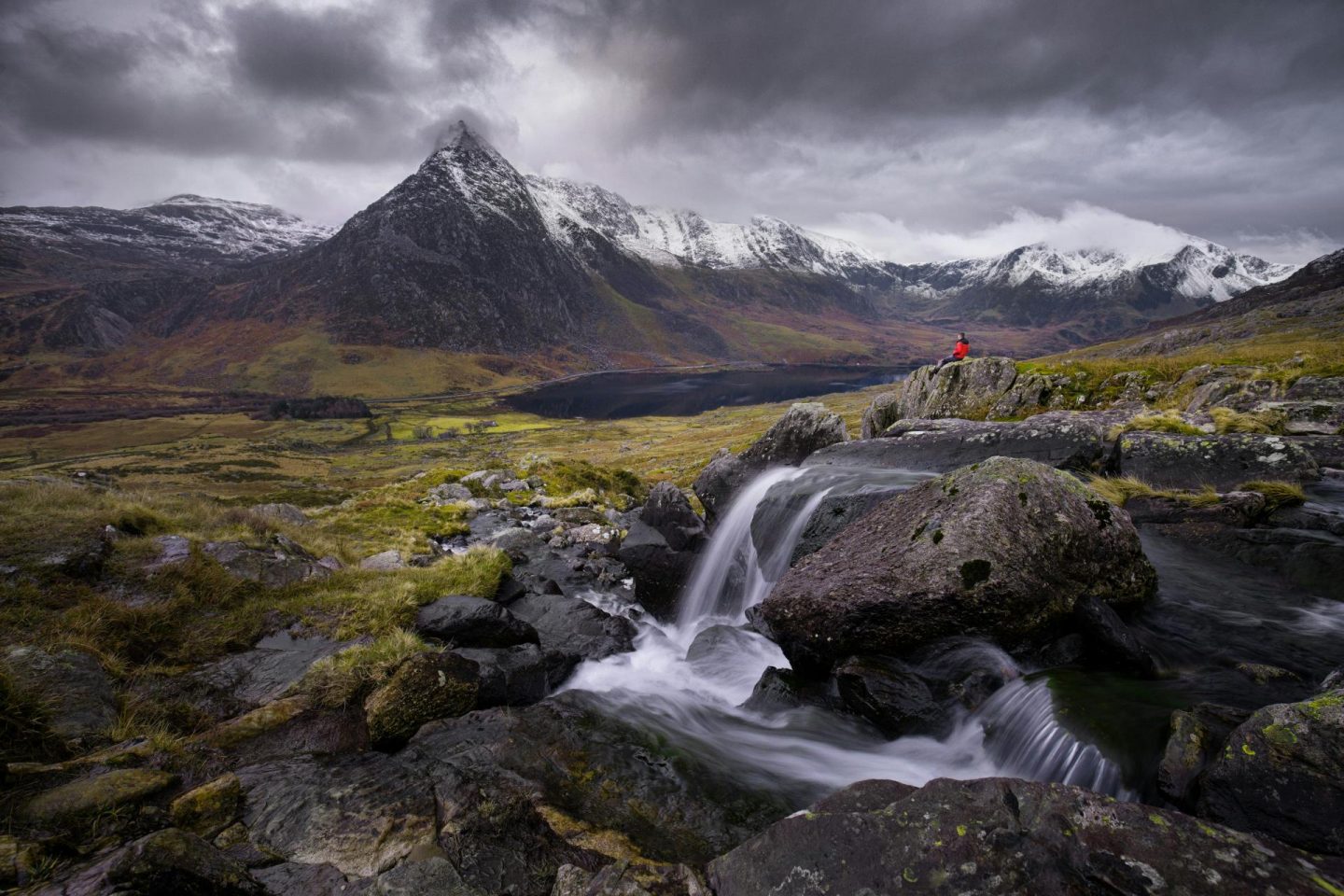
The UK may not be the first place that comes to n the small side (you could fit about 40 Britains into North America, for example) and probably the first place that comes to mind when you think of wilderness and empty spaces. But
Ten wild places to explore in Britain
Isle of Jura, Scotland: It’s hard to pick just one Hebridean treasure to explore, but Jura’s ticks all the boxes – here be remote mountains, herds of red deer and a famed whisky distillery to raise a glass at when you’re back from your adventures. Hike the challenging route along the three ‘paps of Jura’ mountains and take a moment on the summit of Beinn an Oir to take in breathtaking views.
Farne Islands, England: You can only reach the Farne Islands, just off the Northumberland Coast, by boat. Now cared for by the National Trust, the islands were once home to monks and hermits, including St Cuthbert, whose built tiny chapel here. Now the small archipelago’s main draws are puffins and seals instead of salvation, but the islands are almost as untouched and peaceful as they were in medieval times.
Knoydart Peninsula, Scotland: Accessible only by boat or a stiff hike, Knoydart is often called ‘Britain’s last wilderness’ and has few roads and people – but it more than makes up for that in epic vistas. Trek the Cape Wrath Trail, stopping to wild camp amidst the heather-covered hills, take a dip in the crystal-clear waters of Loch an Dubh-Lochain, then pitch your tent at the rustic Barrisdale Bay campsite for a night of wild camping bliss.

Dartmoor National Park, England: Traverse Dartmoor’s Two Moors Way hike and you’ll realise quite how empty and this small but rugged national park really is. Hikes across heathery moorland to remote rocky tors abound, but wherever yo roam, make sure you pitch a tent under the stars – this is the only corner of England where wild camping is permitted.
Rannoch Moor, Scotland: On Rannoch Moor solitude reigns supreme. One of the best ways of crossing this true wilderness is to hike the West Highland Way through barren moorland and hefty hills. Cool off with a wild swim in Loch Laidon, then spend the night wild camping beneath the starry skies. If you want to travel in a group, one of Firebird’s small group tours to Scotland is a great way to explore amazing remote spots with a guide, and catching the cosy sleeper train from Edinburgh to London means you can get back down south again from the wilds in time for work.
Ring of Gullion, Northern Ireland: Here be giants. The ring dyke – a collapsed caldera – that surrounds Slieve Gullion mountain in County Armagh is a wild and ancient place, where Ireland’s most famous giant, Finn McCool, is said to have been bewitched into swimming in the lough by a beautiful woman. Legend has it that if you swim here your hair will turn white, so hike instead on the peaceful forest trails that surround the mountain.

Eryri/Snowdonia National Park, Wales: Mount Eryri (Snowdon) is a much-loved peak, but its surrounding mountains are surprisingly wild and often empty, especially if you’re experienced enough to trek here in the winter months. If you do want to summit Eryri, try the challenging but far less busy Rhyd Ddu Path. Camp at the remote Gwern Gof Isaf campsite at the foot of Tryfan, a gorgeous far quieter peak that’s classed as a grade 1 scramble.
Isle of Skye, Scotland: Otherworldly landscapes await on the mystical Isle of Sky, home to fairy pools and mountains said to have been shaped by giants. Hike the Quiraing Circuit, a stunning loop trail through dramatic rock formations, or take a wild swim in the Fairy Pools, limid pools fed by cascading waterfalls. Camp at the Sligachan Campsite, surrounded by the towering peaks of the Cuillin Mountains – could you ask for a wilder weekend?
Isles of Scilly, England: The Isles of Scilly are like a children’s book version of Britain, and arguably the loveliest is St Martin’s, where you’ll find sandy beaches, seal colonies and subtropical gardens but, blissfully, no cars. While this island is inhabited, the real wild is nearby – hop on a boat to the Eastern Isles, where wild birds flock above the waves and you can go snorkelling with the local seals below.
The Lake District, England: The much-loved Lakes are still wild at heart – just avoid the most popular hikes or head there in autumn for rich colours and fewer visitors. Hike the challenging route to the summit of Scafell Pike, England’s highest peak, then cool off with a wild swim in the tranquil waters of Buttermere.